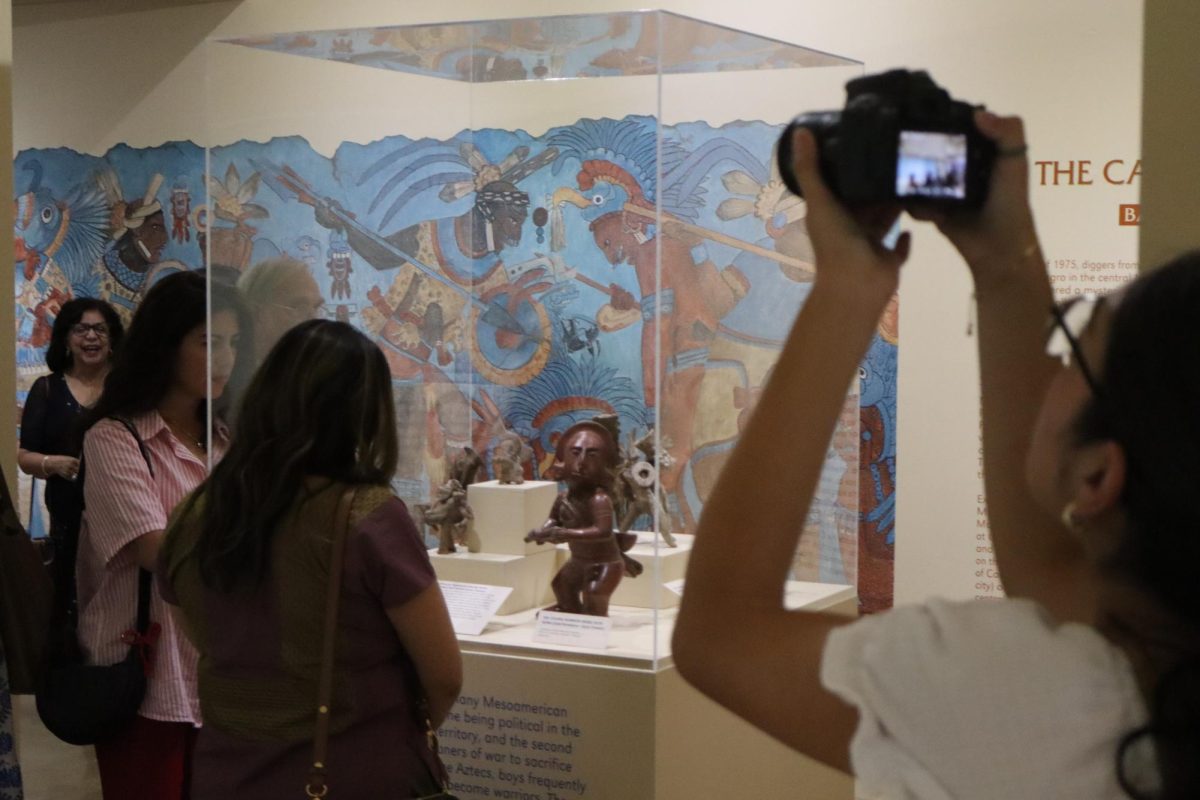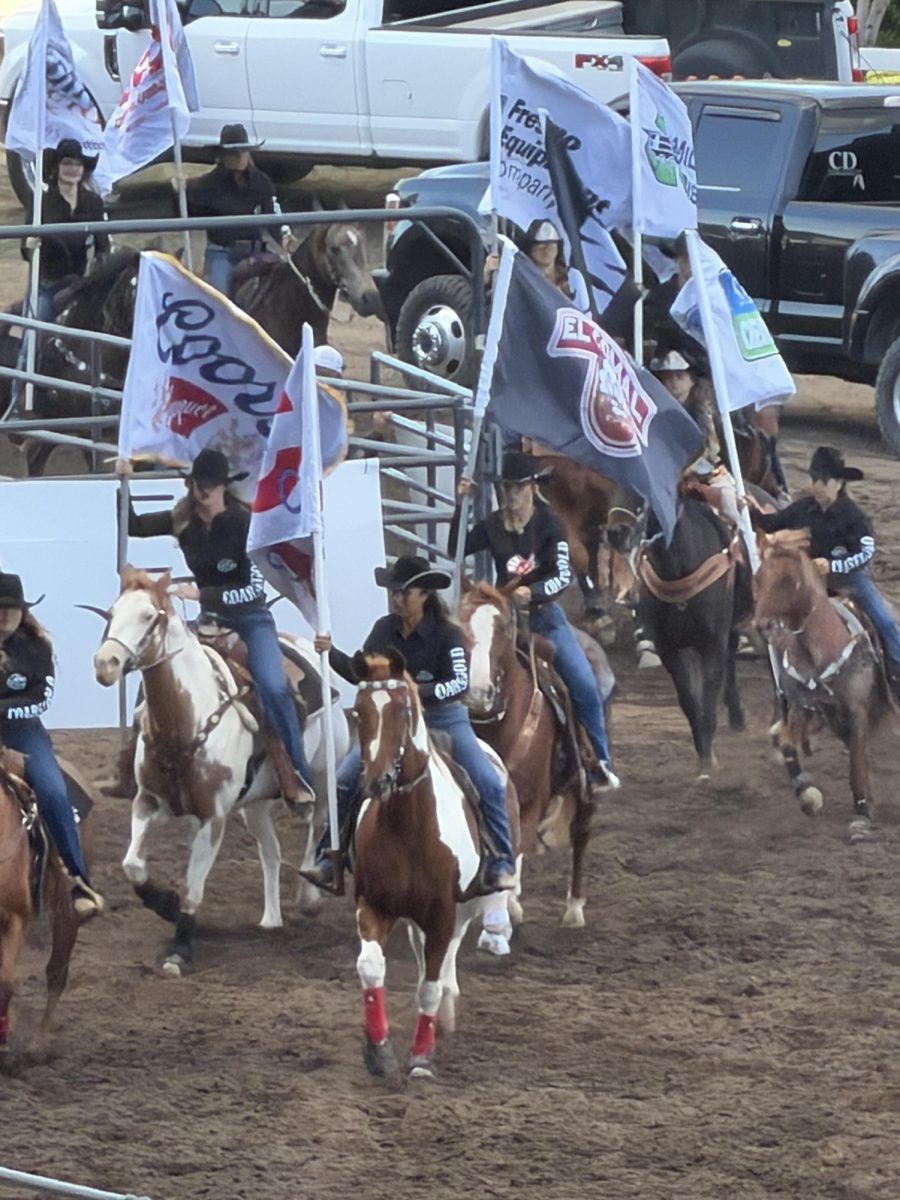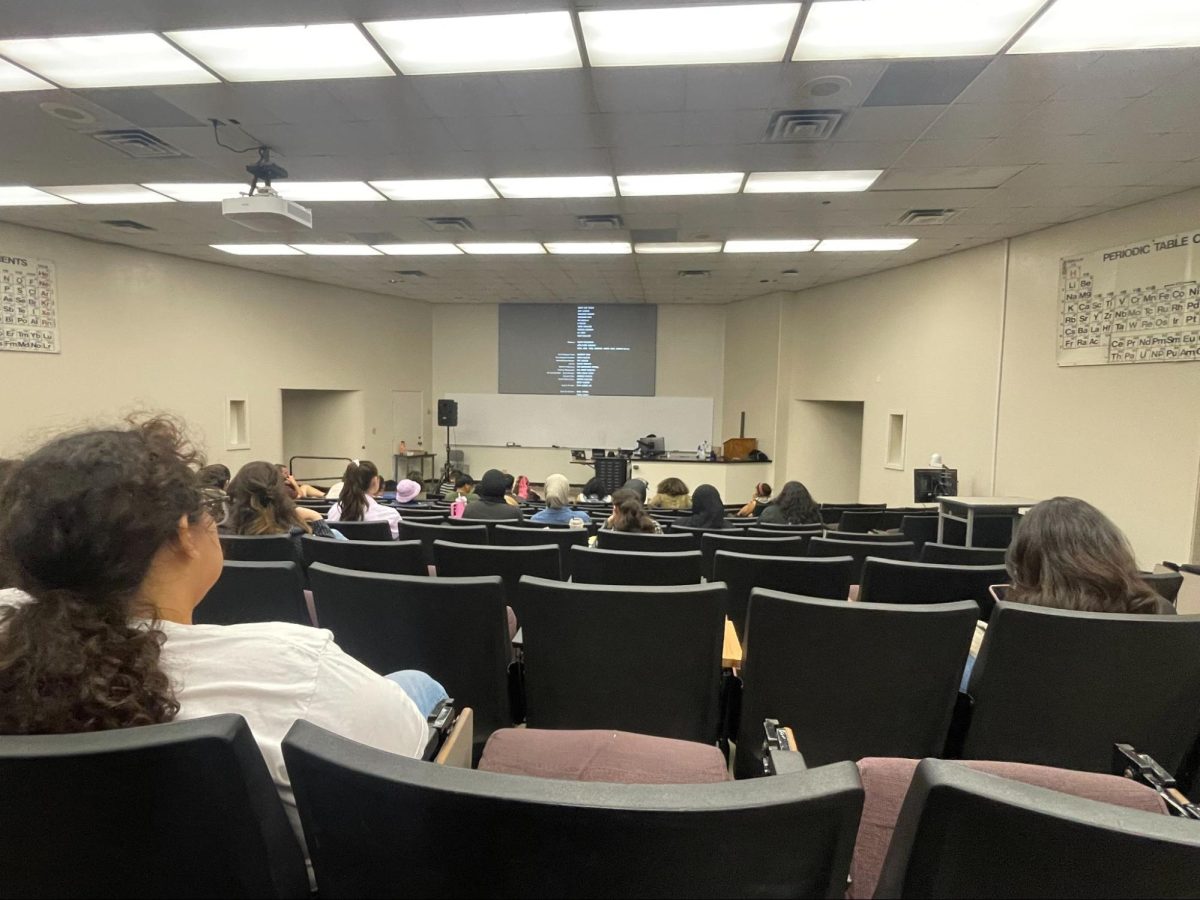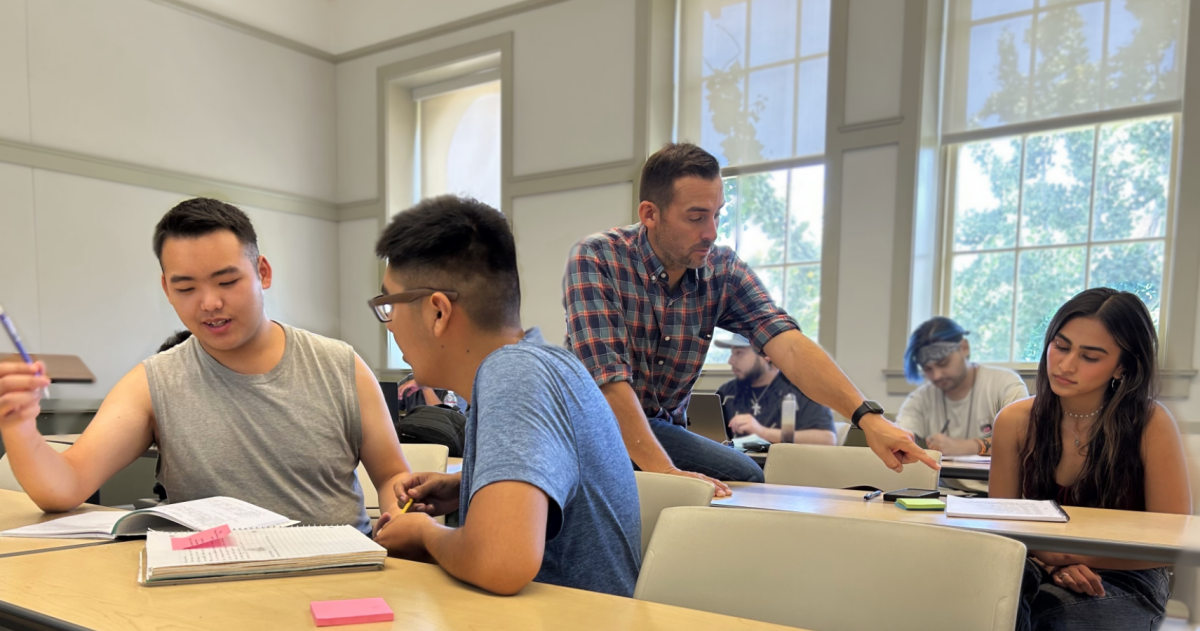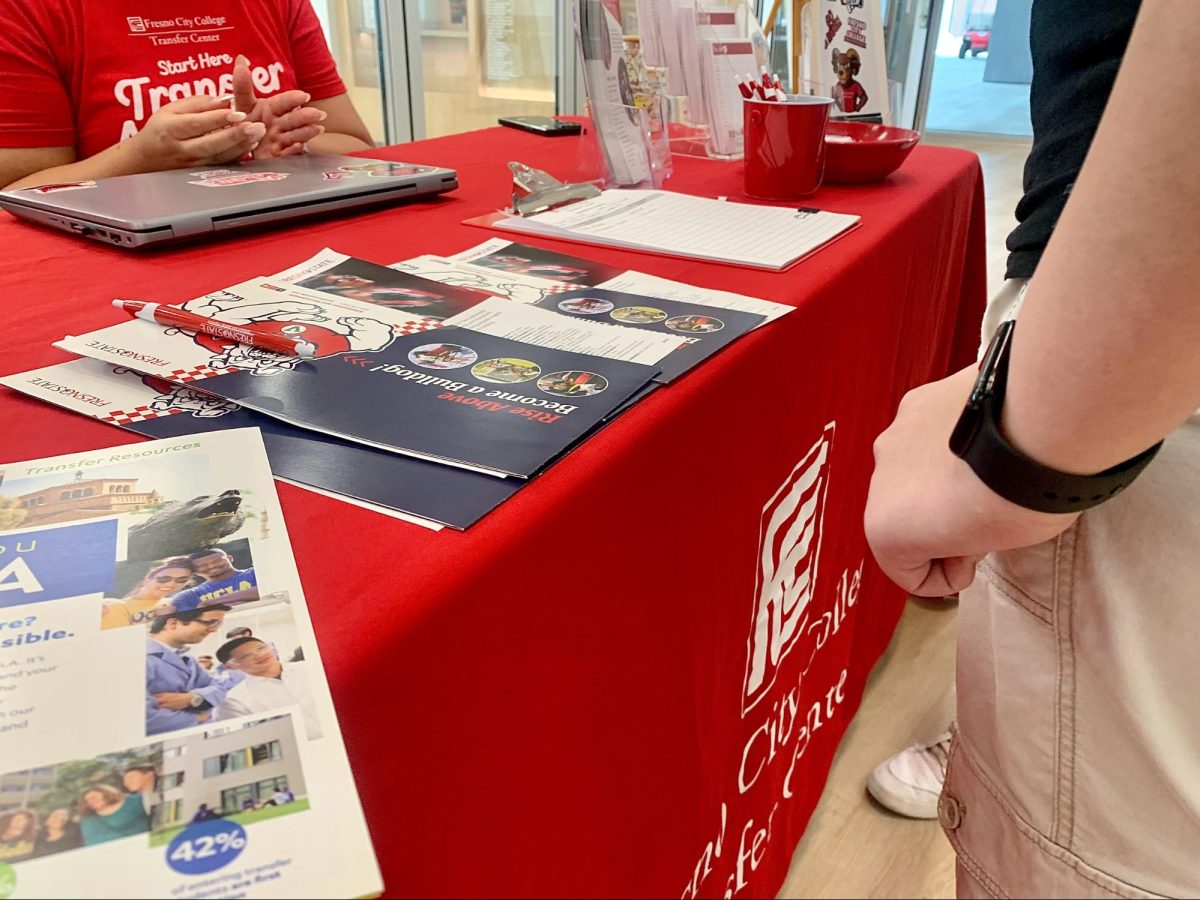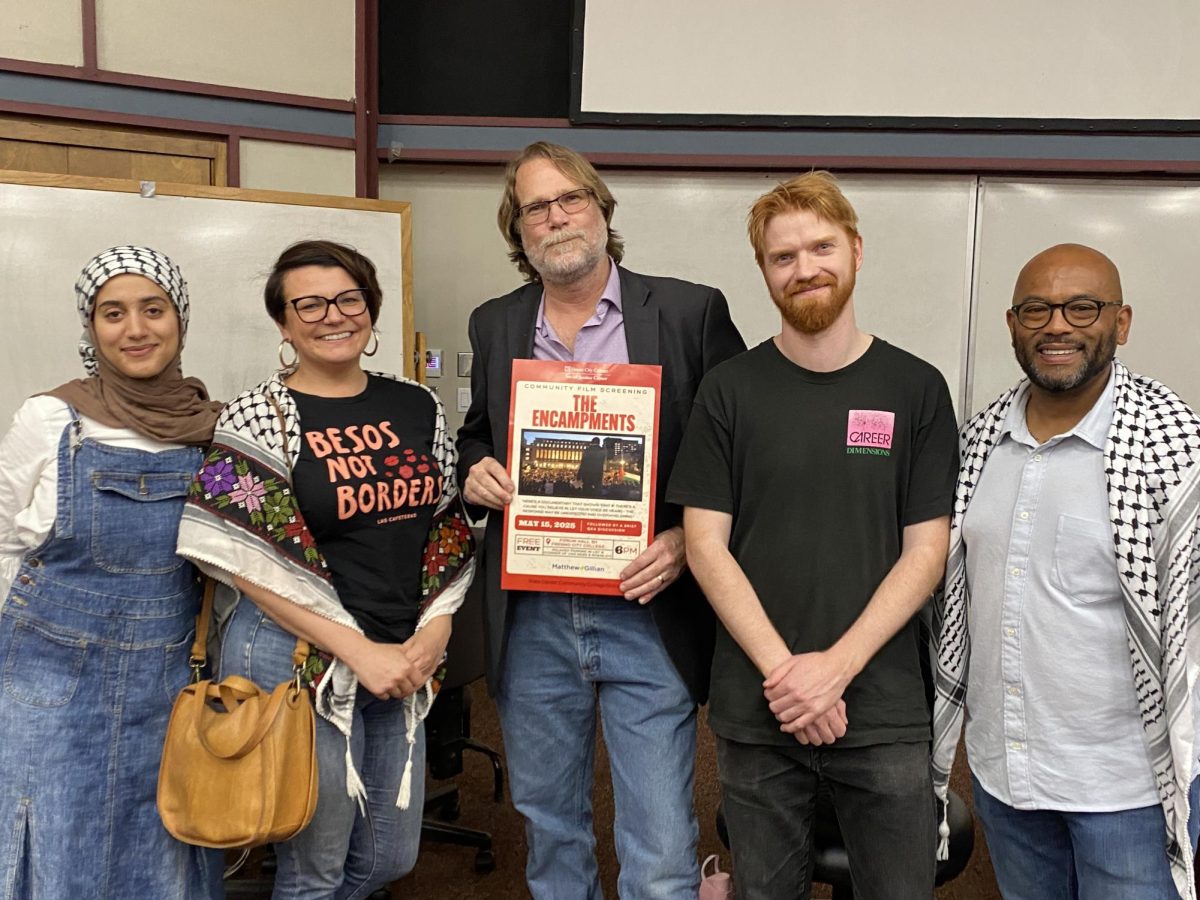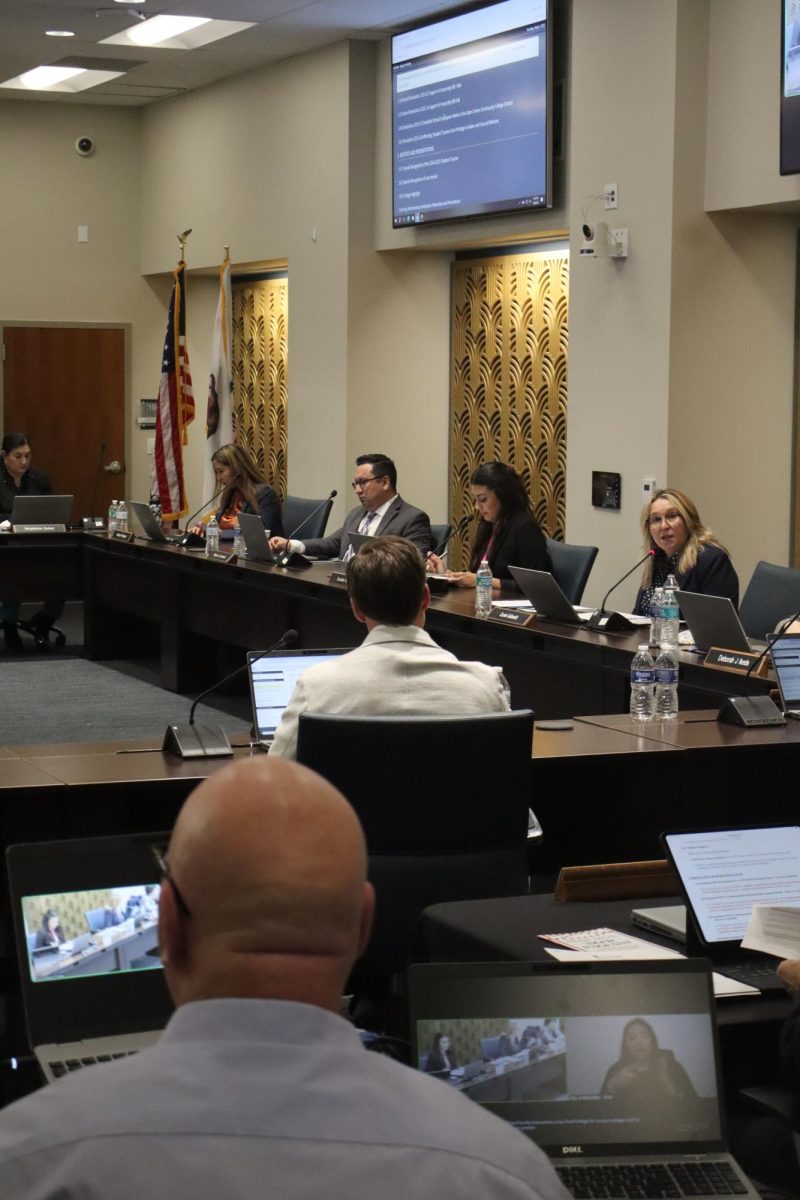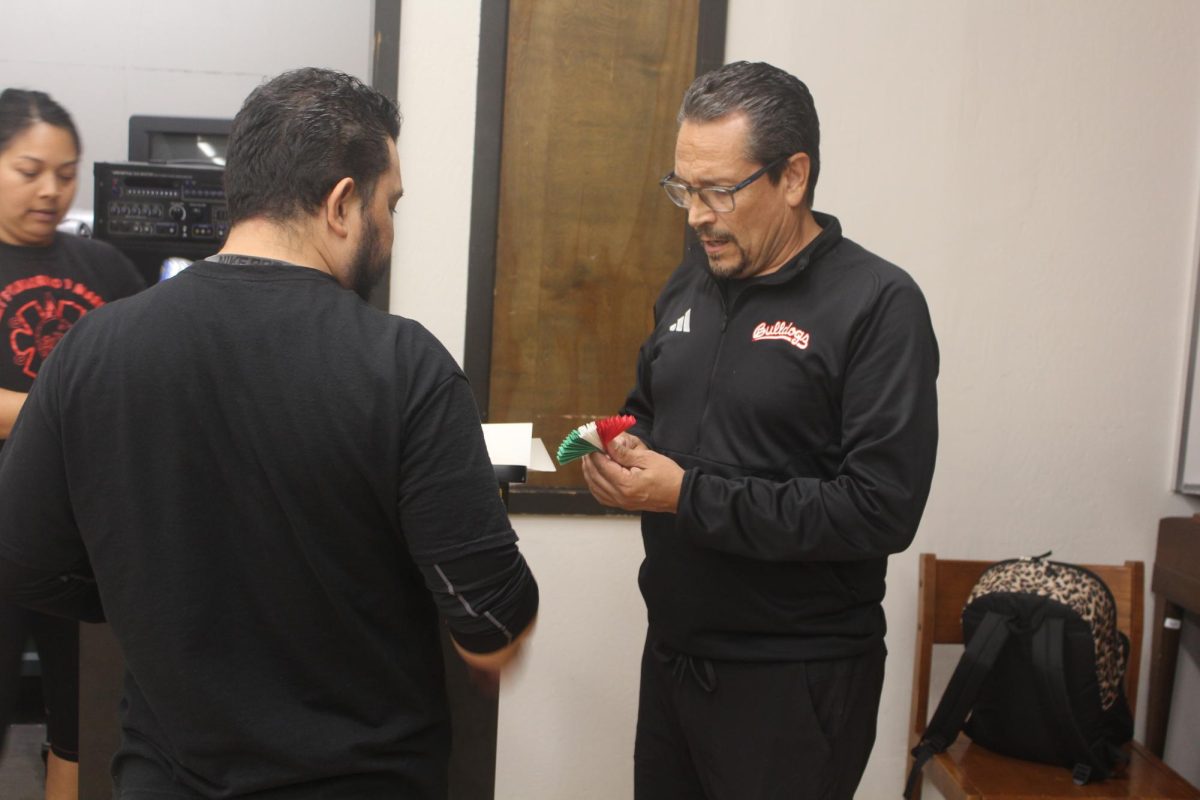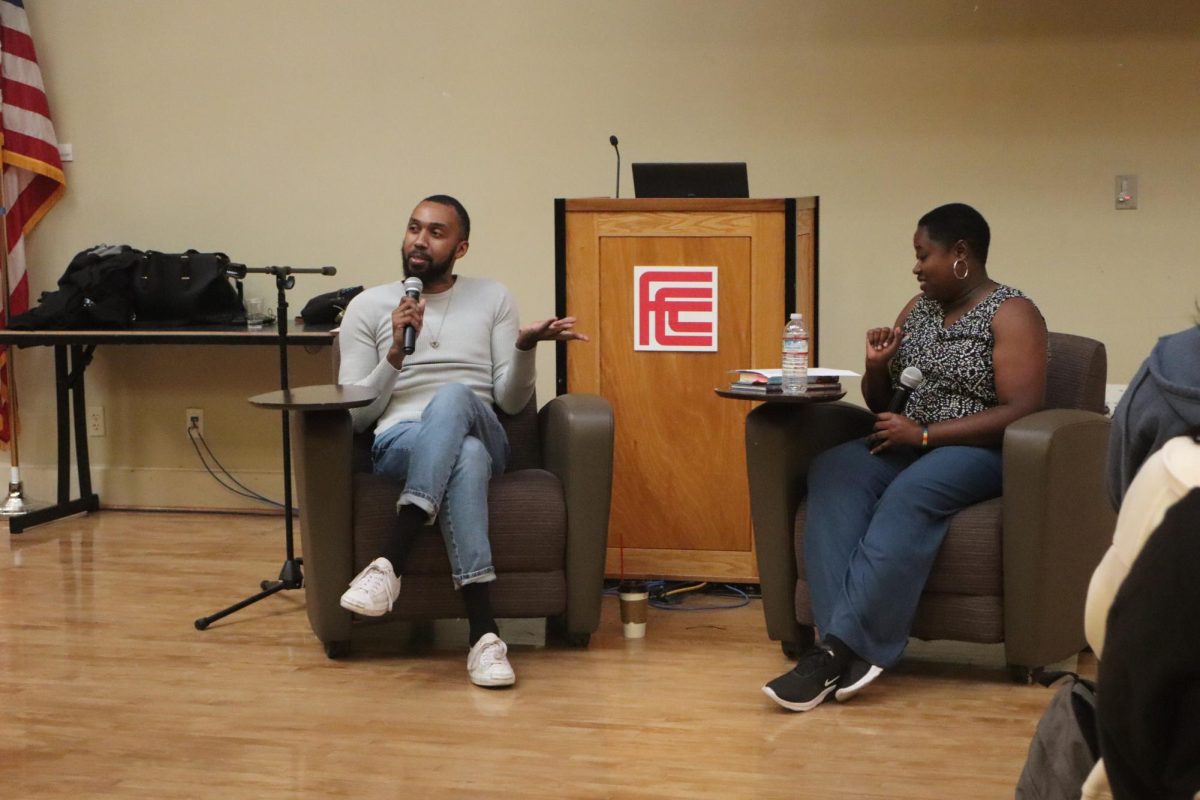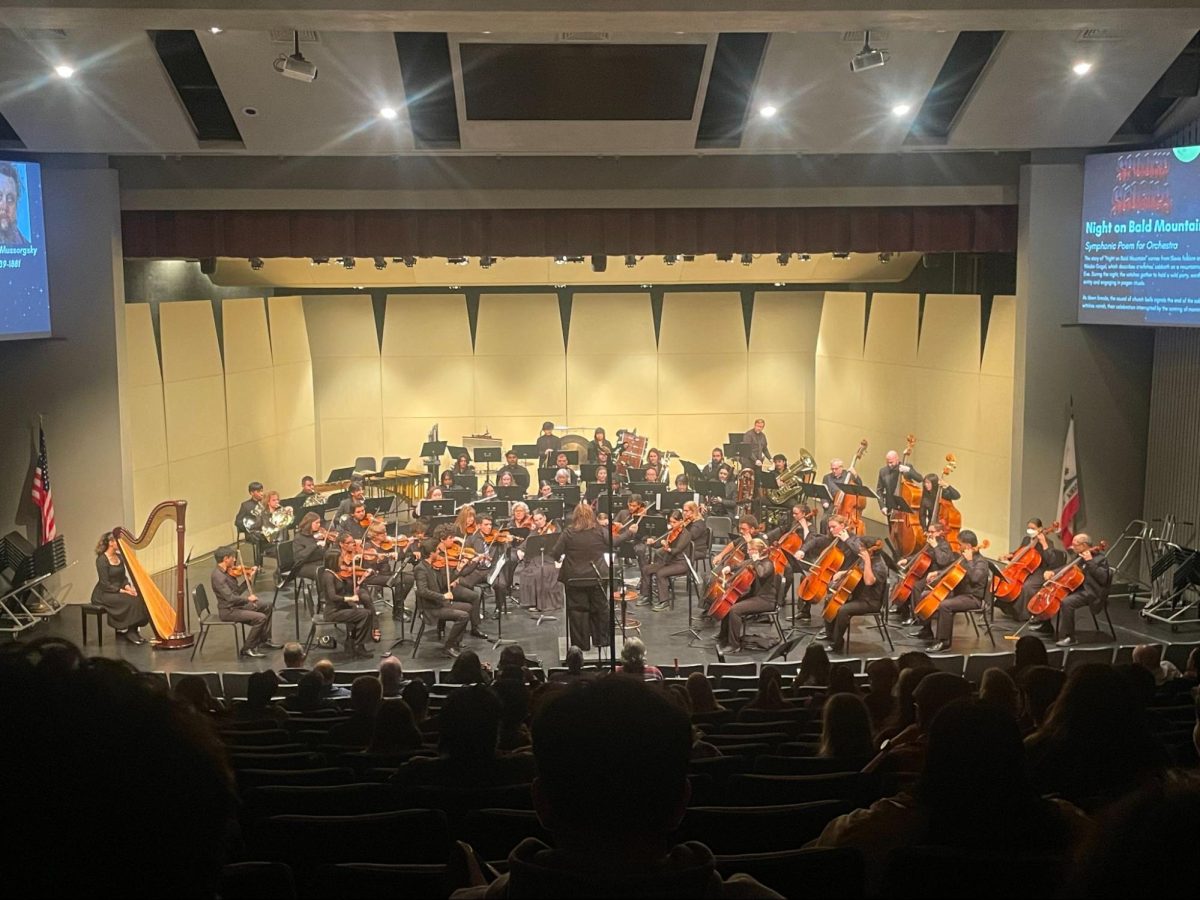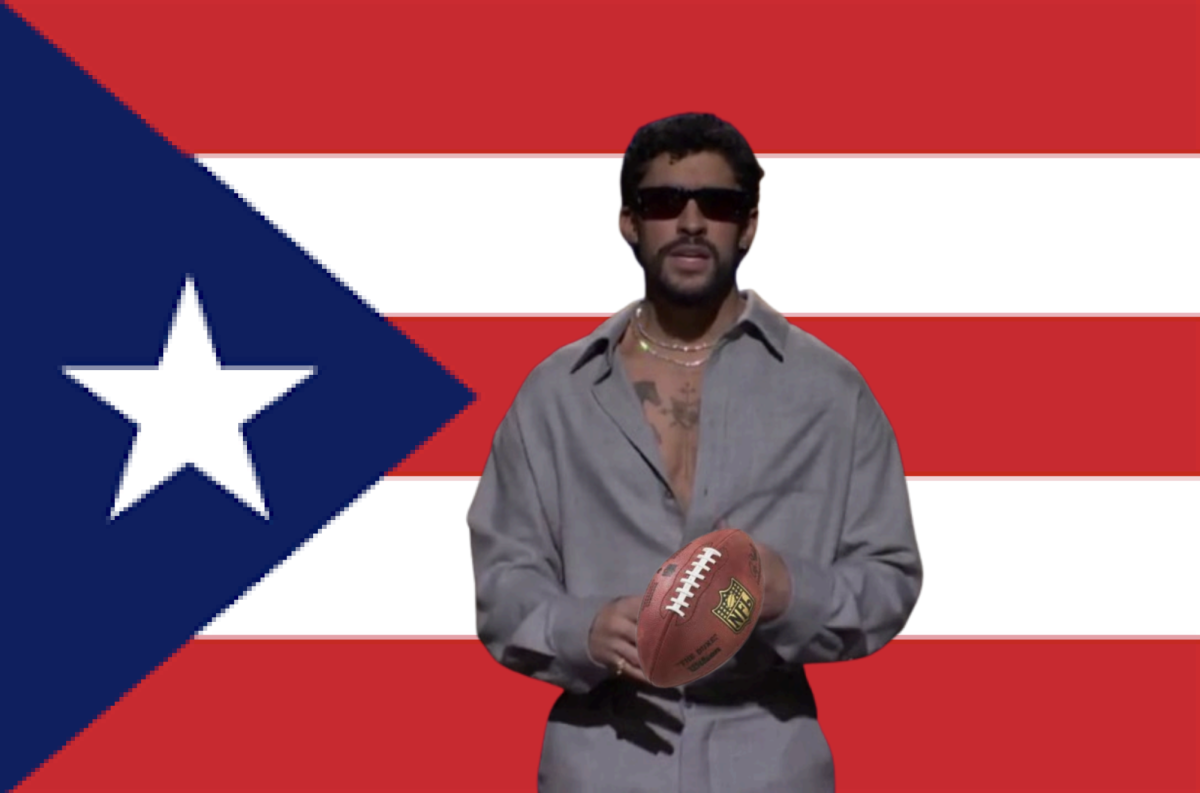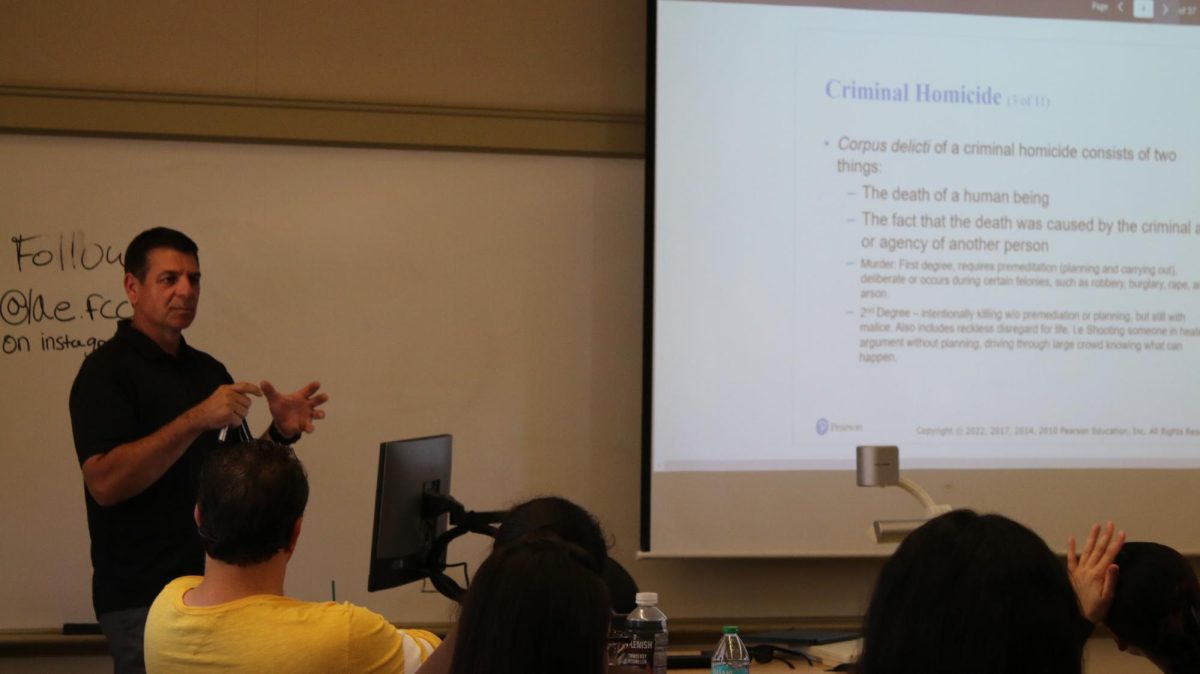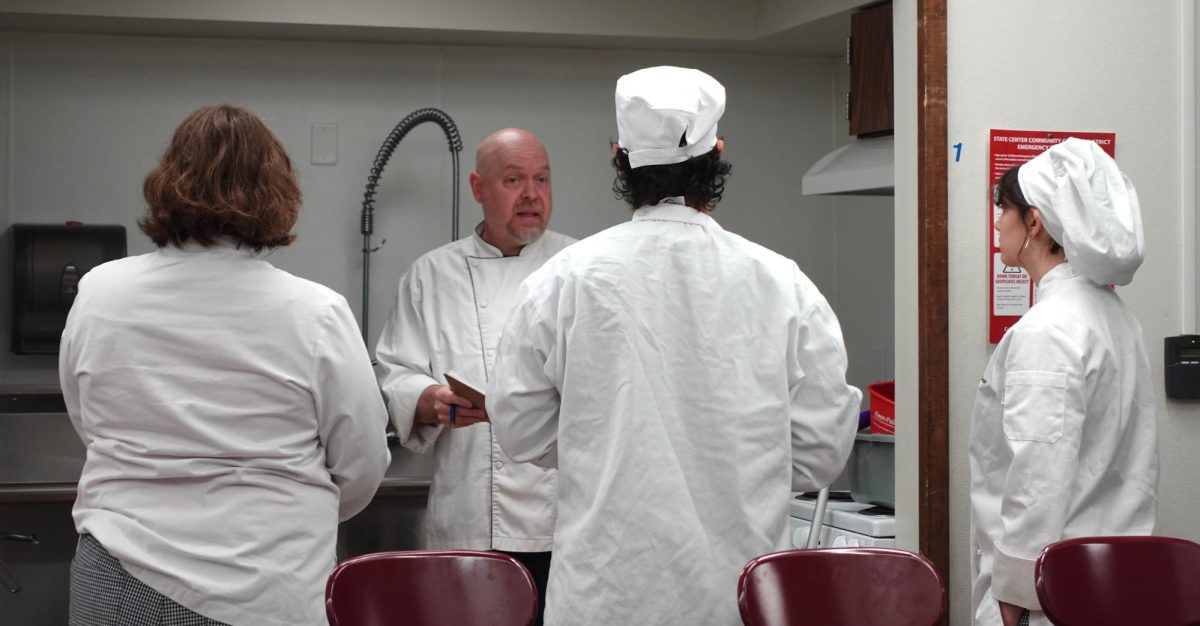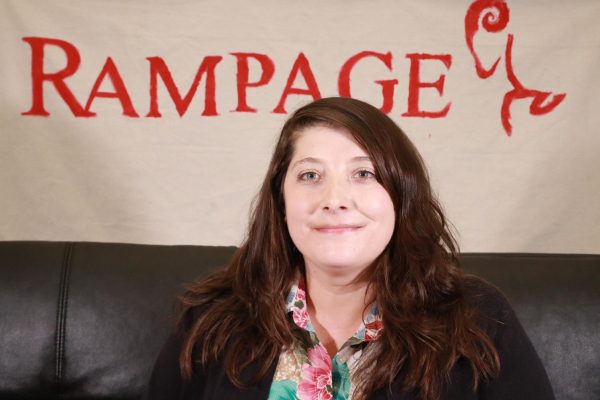The Fresno Art Museum reopened its Hans Sumpf Gallery on Sept. 6, after a nearly two-year closure for reinterpretation and redesign. Titled “Art of the Ancient Americas,” the permanent exhibit presents 158 objects from ancient Mesoamerica and the ancient Central Andes spanning more than 3,000 years.
The redesign also offers improved conditions for displaying the artifacts, most of which have never been on display, and an updated inventory to reflect the museum’s advances over the last 25 years.
“This gallery was much beloved and so it was something we took very seriously when we were making the decisions to do the reinterpretation and redesign,” Fresno Art Museum’s curator Sarah Vargas said.
Vargas took The Rampage on a guided tour of the revamped exhibit after the reopening, and she spoke about the journey behind the doors being open once again.
“We knew that closing it would be a big deal for the community, but some things just needed to happen,” Vargas said.
As guests enter the first part of the gallery, they enter the world of Mesoamerica, encompassing Mexico and parts of Central America.
Through art and iconography, twelve themes explore the underlying similarities that tied these independent cultures together: The natural world, music, deities, religion and ritual, ancestors, maternity, daily life, adornment, the ball game, politics and rulership, warfare and feasting.
The gallery was supported with funding from the Daniel R. Martin Foundation, and the artifacts are drawn from a collection by Kenneth D. Stratton in 1966.
Since 1966, Stratton’s collection has expanded from an original gift into a collection of approximately 1,500 objects representing the major artistic traditions of regions and cultures including Tlatlico, Teotihuacan, Monte Alban, the Maya, Colima, Jalisco, Veracruz, Mixtec, Huastec and the Aztec.
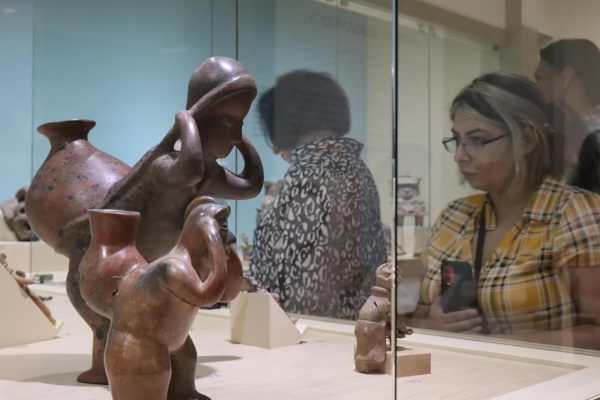
In the further part of the gallery there are artifacts from the diverse cultures of the Central Andean region. The first signs of human occupation in the Andes can be dated back more than 10,000 years.
According to Vargas, the Andean region was and continues to be the home of an incredibly diverse array of cultures and peoples who dominated the area until the Spanish conquest.
The objects displayed are part of the Janet B. and E.O. Blake Hughes Collection first introduced at the museum in 1995. The artifacts exhibited are mostly from ancient Peru and represent cultures such as the Nazca, Moche, Chimu, Chancay and Inca.
The exhibition has been curated by Vargas with research by curatorial intern Evan Marez under the supervision of Dr. Keith Jordan, professor of art history in the department of art, design and art history at California State University, Fresno.
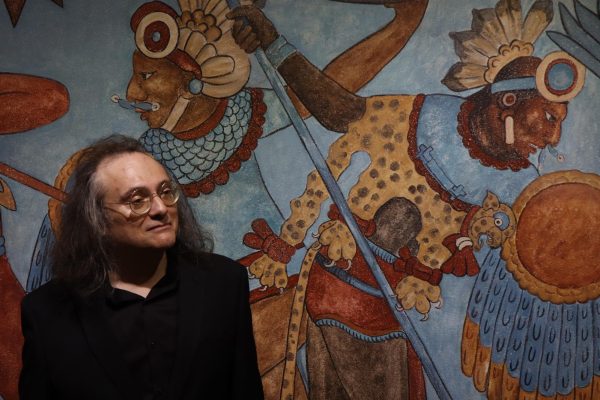
“This is not only a nice representative collection of Mesoamerican art from across a broad range of areas, but we also have some unique treasures here as well,” Jordan said in a press release by the Fresno Arts Museum.
One of the biggest changes and challenges the project faced was lighting. The lighting system wasn’t functioning properly and the old exhibit had entire sections of lighting track that were dead. Finding replacement parts was increasingly difficult, but according to Vargas, the system was eventually replaced with brand new LED lighting.
“We increased the amount of track in areas so we could brighten the gallery, because one continuing complaint we had always gotten with the old gallery was that it was very dark,” Vargas said.
Dark green walls and burgundy carpet was the original color palette for the space, so cosmetic changes were made to the exhibit as well; with the replica of the Mural de la Batalla (Battle Mural) in mind.
“I wanted it to complement the mural. And the mural itself has been here the entire time, but so many people just walked past it because the walls were dark green. It wasn’t well lit,” Vargas said.
Additionally, even the way historic artifacts are stored received a revamp in the non-public areas of the museum. New shelving had been installed and Vargas said the entire organizational system was redone.
The biggest takeaway
Vargas brought the tour to a close by saying the artifacts on display all stemmed from pre-conquest cultures that were incredibly technologically advanced and complex. She said these were thriving communities for thousands of years before the Spanish landed.
The dominance of these societies ended with the Spanish conquest, which happened after they landed in Mesoamerica in 1519.
“Another thing to remember is that the descendants of these people still live in those areas today. The traditions have not gone away, even though these pieces are thousands of years old. A lot of the knowledge still exists in those cultures,” Vargas said. “It’s still living, and Fresno of course, we have a very large community of people from Mexico and Central America, so I think that this really connects with a lot of people’s heritage.”
This exhibition is on permanent view during regular museum hours (dates and time can be confirmed at fresnoartmuseum.org) or by special appointment with curator Sarah Vargas ([email protected])

